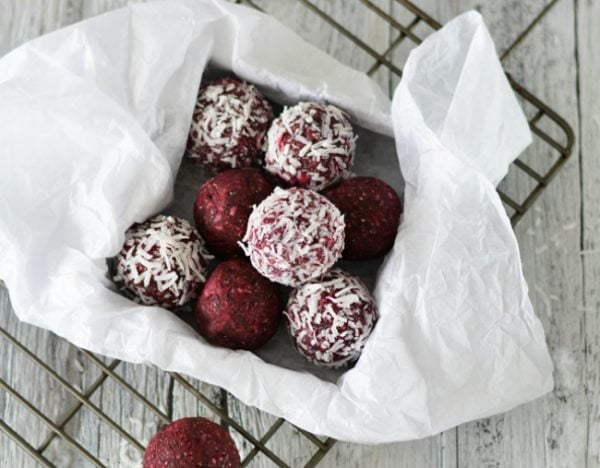Toddler tantrums can strike at any point – in the grocery store, in the shopping centre or even just as you’re lounging around at home.
There can be many different causes for a tantrum too. Lack of sleep is normally one of the first things to spring to mind, along with being uncomfortable or upset in a situation. But have you ever thought your toddler might be having a tantrum because of their hunger and nutrition?
Ah yes, hangry. I bet you’ve felt hangry before (that awful combination when hungry turns into anger) and welcome to one of the biggest influencing factors to toddler tantrums that I see frequently in my clinic.
The food we eat and the nutrients we choose to sustain ourselves and our children has a big impact on our emotions. I go into depth in my book about how sugar, for example, can contribute to a range of long-term health problems such as diabetes, obesity and immune deficiency, but what about the short-term issues?
The almost instant impact of the sweet stuff is a sugar rush (we’ve all been there). This is when blood sugar levels spike and children experience an energy increase. Following this, is the dreaded come down – the crash and burn – and this is where the tantrums often kick-in.
Speaking of kids and nutrition, what do you do when the grandparents won’t stop feeding the kids unhealthy food? We speak to Butterfly Foundation Founder, Christine Morgan. Post continues after audio.
For this reason, it’s important to try and ensure your child’s diet contains a wide variety of nutrient-dense and calm-inducing foods. Here are my top tips on how to tackle those hunger tantrums – before they hit:
Ensure your child is satiated.
Avoiding hunger-induced tantrums doesn’t start when your child begins to get grizzly, it starts by ensuring your child is properly satiated at mealtimes. Mealtimes and snacks should be both filling and nutritious, packed with a variety of healthy fats, proteins and veggies so there’s less room for tantrums to sneak their way into your day.

